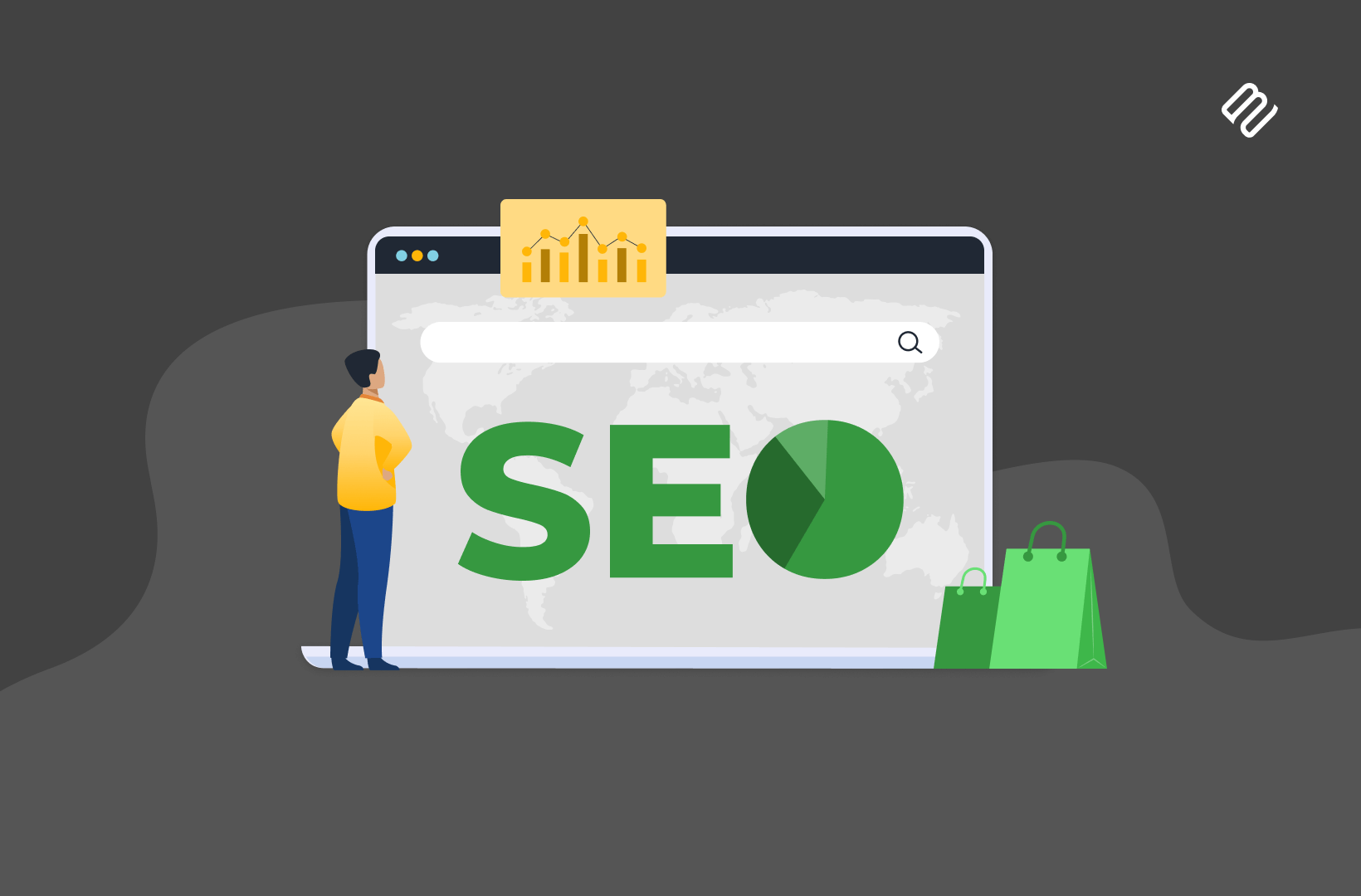Boost your online store’s visibility and sales with this complete Shopify SEO checklist. Get proven eCommerce SEO tips to improve your Shopify ranking fast.

The Complete Shopify SEO Checklist: Rank Higher & Sell More
In today’s competitive eCommerce world, having a beautifully designed Shopify store is no longer enough. If your potential customers can’t find you on search engines, you’re missing out on massive sales opportunities. That’s why mastering SEO for your Shopify store is essential.
At Expergrow, we specialize in helping brands grow digitally. One of the most effective ways we do that is through SEO strategies tailored for eCommerce platforms like Shopify. In this post, we’ll walk you through a complete Shopify SEO checklist that will help you improve your rankings, increase traffic, and boost sales.
1. Choose the Right Keywords
Everything starts with keyword research. Your customers are searching for products using specific phrases—your goal is to find those keywords and include them naturally throughout your site.
Use tools like Google Keyword Planner, Ubersuggest, or SEMrush to discover relevant long-tail keywords (e.g., “handmade leather wallets” instead of just “wallets”). Once you’ve got your list, make sure to use them in your page titles, meta descriptions, URLs, product descriptions, and blog content.
Don’t forget to include target phrases like “Shopify SEO checklist” and “eCommerce SEO tips” for broader SEO traction.
2. Optimize Your Store Structure
A clean, user-friendly structure not only helps your visitors navigate easily but also makes it easier for Google to index your site. Aim for a simple hierarchy: Home > Collections > Products.
Keep your URLs short, descriptive, and keyword-rich. Instead of a generic URL like yourstore.com/p1234, go with yourstore.com/collections/summer-dresses. Also, implement breadcrumb navigation to enhance usability and crawlability.
3. Improve Page Load Speed
Page speed is a crucial ranking factor. If your Shopify store loads slowly, users will bounce—and Google will notice.
To improve speed, compress your images using tools like TinyPNG, remove unnecessary apps or code, and choose a fast, responsive Shopify theme. Tools like PageSpeed Insights and GTmetrix can help you identify what’s slowing you down.
4. Ensure Mobile Optimization
With over half of all eCommerce traffic coming from mobile, your store needs to be mobile-friendly. Use a responsive Shopify theme that adapts to all screen sizes, and make sure buttons, forms, and navigation menus are easy to interact with on smartphones.
Use Google’s Mobile-Friendly Test to ensure your site meets all mobile usability standards.
5. Optimize Product Pages
Your product pages are where SEO and sales collide. Make them irresistible not just for buyers but also for search engines.
Write unique product descriptions instead of copying from manufacturers. Use your main keyword in the title, headers, and description. Add high-quality images with alt text that includes relevant keywords. Display customer reviews, FAQs, and clear calls to action (CTAs) to improve engagement and trust.
6. Create High-Quality Content
Blogging is one of the most powerful ways to improve SEO. Not only does it bring traffic, but it also helps establish your brand as an authority.
Write blog posts that include eCommerce SEO tips, product usage ideas, how-tos, and buying guides. Incorporate keywords naturally and include internal links to your product or collection pages. A blog post titled “How to Improve Shopify Ranking in 30 Days” could bring in targeted, high-intent traffic.
7. Install Essential Shopify SEO Apps
While Shopify has built-in SEO features, apps can take your optimization to the next level.
Some top-rated options include:
- Plug in SEO – Detect and fix SEO issues
- SEO Manager – Simplifies meta tag management
- JSON-LD for SEO – Adds structured data to boost rich snippets
Choose apps that align with your goals and always review how they affect site speed.
8. Set Up Google Search Console & Analytics
These tools are must-haves for tracking SEO performance and understanding user behavior.
Submit your XML sitemap via Google Search Console, monitor indexing issues, and check which queries bring in traffic. Use Google Analytics to track bounce rates, top-performing pages, and conversion paths.
9. Build High-Quality Backlinks
Backlinks remain a strong signal of site authority. Reach out to relevant blogs, publications, and influencers for guest posting or product reviews. You can also list your store in niche directories and participate in online communities like Reddit or Quora, where you can share helpful content (with backlinks when appropriate).
Remember: quality matters more than quantity.
10. Keep Your SEO Strategy Updated
SEO isn’t a one-and-done task—it’s ongoing. Regularly update your content, add new blog posts, refresh product descriptions, and monitor algorithm changes.
Stay consistent and always look for new opportunities to improve your Shopify ranking.
Final Thoughts
By following this Shopify SEO checklist, you’re setting your store up for long-term visibility and sales success. Whether you’re just getting started or optimizing an established store, these eCommerce SEO tips will help you stay ahead of the competition.
At Expergrow, we provide expert Shopify development, SEO services, digital marketing, and free business consultation to help your brand grow. If you’re ready to improve your Shopify ranking and turn traffic into revenue, we’re here to help.
Get in touch with Expergrow today for a free consultation.

No responses yet